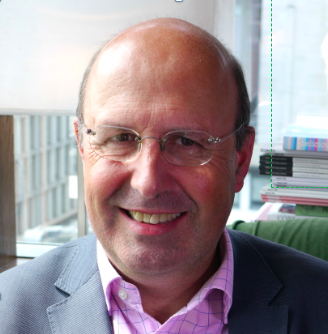You can sign up to our LinkedIn newsletter here.
VUCA and Portfolio Executives: Part Four – Complexity
In a VUCA (Volatile, Uncertain, Complex, Ambiguous) world, we are constantly faced with ambiguity. But what does ambiguity mean for us as portfolio executives and the organisations we serve?
Understanding Ambiguity
Ambiguity can take many forms. One form is when information has two meanings, allowing us to interpret it differently. Another is when motivations are ambiguous, allowing multiple interpretations. Lastly, our reading of situations can also be ambiguous.
We can no longer rely on unambiguous information, clear motivations, or straightforward situations. Given this, how can we respond?
Agility
The traditional response to ambiguity is to use agility. Agility is about trying something as you move forward, seeing the truth emerge, and then responding to that emerging truth. It’s like feeling your way down a foggy road and adjusting your steering as you see more of the road ahead. This can contribute to addressing ambiguity, but it assumes that ambiguity will eventually be resolved over time through more information. However, that may only sometimes be the case.
Paradox as Ambiguity
Paradoxes are another challenge in our modern world. Paradoxes exist when two things are true simultaneously, even though they appear incompatible or opposite. A modern business paradox is that one of the most powerful ways to compete with others in your sector is to find ways to cooperate with them. Cooperation and competition appear to be opposites, but the paradox is that we need to do both. A scientific paradox is the wave/particle duality of light. Light behaves both as a wave (being diffracted through a pair of slits) and as a particle (acting like a fast-moving bullet).
Dilemma as Ambiguity
In a world of ambiguity, we also face dilemmas. We often frame our understanding as either “this” or “that.” The horns of a dilemma are usually equally painful. However, accepting the dilemma and then seeking to choose the least bad option is not always the best approach. Sometimes, the most powerful way to address a dilemma is to reframe the problem so that the dilemma no longer exists. In this case, we seek a “both/and” solution rather than an “either/or” framing.
Mystery, Ambiguity and Acceptance
Ultimately, whatever agility—mental, institutional, or organisational—you offer, some things in this ambiguous world are what I would call mysteries. Mysteries are ultimately unknowable. If something is unknowable, it may also be unchangeable. In these situations, acceptance can be a robust response.
As portfolio executives, we may sometimes see the behaviour of the CEOs we serve as a mystery. The basis on which they make decisions and choices may ultimately be unknowable (not just by us but sometimes by them!). There are elements of their behaviour we cannot change. In this context, acceptance is the most appropriate response.
Acceptance can also be a rational response to a dilemma (e.g. “Heads, you lose, tails, I win”). Often, acceptance is the most powerful way to embrace a paradox.
As a trained coach, I know I should never work harder than my client. Similarly, as a portfolio executive, you must recognise that your scope of responsibility and your capacity to influence are limited. Without nurturing a capacity for acceptance, you will likely burn yourself out when faced with ambiguity—whether from individuals, teams, leaders, or the context in which you operate.
Agility versus Acceptance
If I must choose in a situation of ambiguity between fruitless agility (just spinning my wheels faster and faster) or accepting the unknowability of certain things, I will choose acceptance.

Charles McLachlan is the founder of FuturePerfect and on a mission to transform the future of work and business. The Portfolio Executive programme is a new initiative to help executives build a sustainable and impactful second-half-career. Creating an alternative future takes imagination, design, organisation and many other thinking skills. Charles is happy to lend them to you.
